Hi there! Howdy! Bonjour! How are you doing today? I hope you’re well! Have a good one! Being friendly can go a long way. Even if you only interact briefly with someone, showing kindness can make their day and inspire them to spread positivity. And contrary to what you might believe, people and animals are not the only ones who can be friendly; architecture can be too.
Allow me to introduce you to Friendly Architecture Subreddit. This subreddit celebrates all the people-friendly places in the world, from beautiful cycle paths to train tunnels that block anyone from falling onto the tracks. We’ve gathered some of our favorite posts from this friendly group so you, too, can appreciate the brilliance of these architects who were thinking ahead.
Be sure to upvote all of the pics of infrastructure you would give a hearty “hello!” to if you come across them, and then let us know where the friendliest architecture you’ve ever encountered was in the comments. Keep reading also to find an interview with Honor Hingston-Cox, the creator of Friendly Architecture. Then if you’re looking for another A&D article appreciating great design after finishing this list, we’ve got you covered right here. (H/T)
01. Wildlife Overpass, Trans-Canada Highway, Banff National Park, Canada. The 38 Passes And Fencing Have Reduced Wildlife-Vehicle Collisions By More Than 80%
To hear more about the background of this friendly page, we contacted the subreddit’s creator, Honor Hingston-Cox, to listen to what inspired her to launch Friendly Architecture in the first place. “I’ve been a fan of thoughtfully built things forever, particularly since Design Like You Give a Damn by Architecture for Humanity came out in 2006,” Honor told us. “In 2010, I heard the RadioLab short about a bus stop for people with dementia in Dusseldorf, and I knew that there just had to be even better in the world of the built environment. I started seeking designs that considered specific groups of people or animals,” she explained.
“Later, I was introduced to the world of Hostile Architecture. This is where the built environment is designed to change users’ behavior negatively. Hostile architecture is designed to stop people sitting down (think spikes on walls) or lying down (armrests on benches) or to stop birds nesting (‘bird spikes’). I realized that the architecture I was into was about encouraging behaviors instead of stopping them.”
02. In Norway, You Get A Small Amount Of Money For Recycling Bottles/Cans. Poor People, Homeless Etc., Often collect them. Many Of Our Trash Cans Has These Holders Around Them, So People Don’t Have To Search Through The Trash To Collect Them
“One day, after getting overwhelmed by the negativity of Hostile Architecture, I started a subreddit to collect all of the good things,” Honor says. “I posted a picture of a picnic table designed with an overhang on one side, made to accommodate a person in a wheelchair. The table encourages everyone to sit together. It doesn’t stop behaviors; it starts them.”
“Slowly, people found the sub from my posts as a mod on Hostile Architecture. I think other people needed a chaser after seeing some of the awful, mean designs in the world. We separated the posts into categories of thought and cataloged things that are accessible, social, promote sharing and coexisting with nature, provide shelter, food/water, rest, information, sanitation, or are about saving lives. I also included architecture for Pure Fun.”
“It’s been amazing seeing it grow and seeing others bring in Friendly Architecture from their world into the sub,” Honor told us. “It can be hard to find Friendly Architecture, but when I do, I feel so good about the world.”
03. Wheelchair-Friendly Sandbox
Since Honor is an expert on the more positive side of architecture and design, we asked her for some of her favorite examples of friendly architecture worldwide. “What’s amazing about the sub is finding pockets of friendly architecture everywhere,” she said. “My favorites are hyper-local ideas (like the Dusseldorf bus stop) that could catch on elsewhere if they got the necessary publicity and funding. There are public defibrillators in Adelaide, Australia, that anyone can operate at any time of day and canopy bridges for wildlife in Anaimalai Hills, India, and Longview, Washington. Those are the posts that hope people see and think, ‘Wow, that could work in my neighborhood.'”
“Others are major hits already,” Honor explained. “Think Little Free Pantries and Curb Cuts, Buddy Benches, and over and underpasses for animal populations. Some posts are more site-specific, like a light show in San Antonio that “repaints” the mission buildings as they appeared when painted or the towers for Chimney Swifts placed along their migration routes. These are designs that I hope will inspire brand-new projects. There are thoughtful, friendly designers and architects everywhere. Thank goodness!”
04. Homeless Bench, Vancouver, Canada
Regarding the benefits that friendly architecture can reap, Honor says, “Friendly architecture makes life better for all. And it responds to the moment. Cell phone lanes for pedestrians and the social distancing park in Brooklyn show that designers and planners can work together to improve life in the face of something new. Facilitating sharing is another great benefit of Friendly Architecture. In the USA, so many of us have so much, but the infrastructure to facilitate sharing isn’t robust. Enter spots to share clothes, beach toys at the beach, electricity for phone charging, and even tools for bike repair.”
Lastly, Honor added, “Friendly Architecture Design is tough to find! It’s out there but hasn’t caught people’s attention like Hostile Architecture. Still, I’m super impressed by how many members we have. Being a Friendly Architecture detective is extremely rewarding.”
05. Parent + Child Library Carrel, So You Can Do Your Research And Keep Your Little One Occupied. Fairfield Library, Virginia, USA
Have you ever encountered a building with no wheelchair access or stairs so steep and narrow that you must focus on every single one, or you’ll lose your footing? Whoever designed those spaces did not have the “friendly architecture” mindset. Maybe they should have looked at the Friendly Architecture subreddit before embarking on their projects because they would have found some inspiration there.
This online group has nearly 16k members and is famous for celebrating buildings or public spaces designed in a way that “encourages people to interact with them.” Their About section states that structures shared on the page “may also be beautiful, accessible, supportive, helpful or keep people and other living things safe from harm.” And the group only has one rule: be friendly. A quick scroll through their community shows a variety of genius designs and spaces that are just begging to be greeted and invited over for dinner.
06. It’s Not For People, But It’s Still Friendly
While this page focuses mainly on friendly architecture in terms of inviting citizens to use it, there are various ways a space can be kind, including how it treats the environment. The more sustainable a structure is, the friendlier it is to everyone, including people, animals, and the planet. We consulted a piece that Terri Briseno wrote for How Stuff Works to gain insight into environmentally friendly architectural styles.
One genius eco-friendly housing solution some people have embraced is turning a space that was previously something else into housing units. For example, the Keetwonen student dorm complex in Amsterdam comprises former shipping containers that have been transformed into apartments. This is a great way to reduce, reuse and recycle and offers an affordable and innovative solution for students needing a place to live. It’s a creative solution but also qualifies as a friendly one.
07. They Put Rails Under The Benches In This Park So You Can Always Be In The Shadow
Downsizing and moving into a tiny house or small apartment is another excellent friendly solution to your housing needs. While it may take some adjusting initially, living in a small space typically helps homeowners save much less on their utility bills, making this solution budget-friendly. This has become a popular route for many living in large, crowded cities, but it’s becoming more common worldwide. By using fewer resources in your home, the environment will thank you for this friendly gesture, and your wallet will thank you when it feels fuller at the month’s end.
Similarly, multifamily units can be a great eco-friendly alternative to living in a single-unit home. According to a study sponsored by the U.S. Environmental Protection Agency, focusing on building multifamily and attached housing units is one of the best ways to minimize energy consumption in many communities. Spaces that share walls hold in heat and increase efficiency, so becoming more friendly and open-minded to sharing your space with neighbors might also help your family become more eco-friendly.
08. Pool And Water Slide, Egmont Højskolen (“Folk High School”), Western Denmark
09. In Case This Count: Braille On The Rail To Describe The View
The way a space makes us feel can have a significant impact on our mental and emotional states. And according to Teknion, there are several aspects architects need to consider when designing a “people-friendly space.” The first step they suggest is being sure to incorporate nature. This can be done by allowing ample natural light to flow through a space, using glass to define enclosed spaces for a more open feel, and making sure the windows have a view of trees, plants, or the sky. Even the materials and colors in a space can be designed with nature in mind, utilizing organic shapes, soothing colors, and wood or stone elements. We tend to feel extremely at ease when surrounded by nature, so why shouldn’t we want to emulate that feeling when indoors?
10. Sympathetic And Friendly Architecture
11. Teetertotters Slotted Through The U.S.-Mexico Border Wall By Ronald Rael And Virginia San Fratello
12. Turtle Tunnels In Japan, Protecting The Turtles Crossing Train Tracks And Stopping Trains From Derailing Due To Turtles.
Another method Teknion recommends for creating a friendly space is ensuring the design “promotes movement.” In an office space, they explain that the ideal layout will encourage organic casual meetings through open areas, lounge chairs and sofas, attractive stairwells, and low tables that allow for relaxed postures. Adjustable furniture that lets workers decide whether to sit or stand can also be great in an office setting. Even having walls with writable areas or boards where colleagues can pin memos encourages people to get involved and feel like more of a community. They can share ideas face to face or on the wall, which provides one more reason to get up from their desks and walk occasionally. An intelligent designer ensures their space is friendly and inspires people to be nice to one another.
13. Bioswale, Seattle, WA. (A Channel To Concentrate, Clean, And Move Stormwater)
14. Wheelchair Accessible Gardening. They are Used For Garden Therapy, Rehab, And Hospice. Developed In Douvres-La-Délivrande, France
15. Crab Migration Bridge, Christmas Island, Australia
Another essential feature of a friendly space is that it minimizes disruptions. Some people enjoy chatting and making small talk, but these distractions can frustrate others and send specific individuals into sensory overload. It is best to have some places designated for chatter and discussions while others are reserved for peace. “As the world continues to urbanize and more people work longer hours indoors, often at a computer, it becomes ever more important to employ design to reduce stress, enhance creativity and improve mental and physical health,” Teknion explains. “We need a design that connects us with nature, that supports our biological need to move and our emotional need to occasionally withdraw to think or rest as much as we need the means to draw people together and connect their working thoughts and ideas.”
16. Green Man+, A Card & Traffic Light System To Give People More Time To Cross At Intersections, In Singapore
17. These Public Benches Are Reversible, So You Can Choose To Look At People Or Boats
18. Mini Door At Child’s Doctor’s Office, Neat Idea!
Another common theme celebrated on the Friendly Architecture page is places that accommodate people with disabilities. Of course, wheelchair users and others with disabilities should not have problems visiting anywhere, but the unfortunate reality is that some spaces have not been designed with them in mind. That’s frustrating to hear when you realize that in the U.K. alone, over 13 million people live with disabilities. Architects have the power to make these individuals’ lives much easier or much more complicated, so they must ensure easy access and “friendly design” for everyone. As architect Ian Fulgar writes on his blog, “Accessibility in architecture improves cognition, self-esteem, and life satisfaction for those who live in these environments, potentially improving public health significantly. Individuals and organizations can benefit from accessible design practices, which boost productivity, foster creativity, and make it comfortable for people to participate in their communities.”
19. Old City, Jerusalem Added 4km Of Wheelchair-Accessible Routes In 2019 (And Cleared It With UNESCO)
20. Super-Accessible Waterfront, Sirens Beach, Greece
21. This Bus Stop Is Near My Home In Norway
Ian notes some famous examples of excellent architecture in terms of Accessibility. One is the Hazelwood School in Glasgow, Scotland, featured on this list. The school was designed to incorporate senses such as smell, taste, and touch to increase awareness for sensory-impaired children and allow them greater independence than most buildings permit. The school was even the first in the U.K. to receive a Design Share Honor Award and is one of the world’s most renowned innovative learning institutions.
22. In Asia, Nobody Has To Worry About Falling Into The Subway Tracks
23. Bee Bricks: Bricks With Holes For Solitary Bees
24. These Benches Turn Into Tables
RMJM also notes the importance of keeping Accessibility in mind when designing a space. “But inclusive design does not refer exclusively to whole buildings; it also includes anything from appliances to furniture and interiors,” they explain. “It could be, for example, the case of gender-neutral public bathrooms or intuitive furniture for hearing-loss impaired people. While there are many discussions around the spaces designed for people with reduced mobility or visual impairments, the ones created for those with hearing loss are not as noticeable.”
“There are various considerations to make when designing a space for people with hear-loss impairments,” they note. “One of them is the layout of the room. Considering a wide or circular layout rather than a linear one allows all the participants to see each other, and thus it is possible to read each other’s speech. Ramps, graphic security elements, and automatic doors are equally important to guarantee the safety of the users while walking and moving.”
25. Hedgehog Highway (Dolly Parton Called These Out This Week), U.K.
26. Cover For Bicycle Saddle So It Doesn’t Get Wet When It Rains
27. Modskool – Design Museum Winner For Best Architecture 2020, India
ModSkool is a school designed to be quickly erected and dismantled in response to forced evictions of farming communities on the floodplains of the Yamuna River in India.
First built in 2017 in less than three weeks by students, school staff, parents, and local volunteers, the school was dismantled one year later due to land-ownership issues. The new school, relocated further south, was held together as a weave used for a charpoy, a multifunctional piece of furniture traditionally used as a daybed.
Friendly design sometimes requires thinking outside the box, but it is always worth it when a space becomes warm, inviting, and accessible. We hope you’re enjoying this list of people-friendly places and spaces, and we especially hope that wherever you live is full of infrastructure that could be featured here too. Keep upvoting your favorite design pieces so your fellow A&D followers see them too, and then let us know in the comments what the friendliest part of architecture you’ve ever witnessed was. And if you’d like to see even more innovative design pieces, you can check out the Friendly Architecture subreddit.
28. Wall Of Kindness, Norwich, Vermont, USA
29. A Bus Stop With Swings
30. Circular Footbridge Over Roundabout, Shanghai
31. This Drinking Fountain Allows You To Gill Your Bottle And Saves The Extra Water For Passing Dogs
32. Australian Wheelchair Swing!
33. Safe Haven Baby Boxes
34. A Friendly Urban Cycle Path In Girona
35. This Gate Allowing Horses And Pedestrians, Not Cars
36. A Bridge Providing A Bench In The Fences In Shanghai
37. Public Defibrillation Station, Adelaide, Australia
38. This Anti-Climbing Fence On The” S*icide Bridge “(Colloquially) In A Small Town In England. There Are Also Signs With Suicide Hotlines On Them. Not A Fun Part Of Architecture But Definitely Helpful/Saving Lives
39. Amphibian Tunnel, Cycle Highway Of Eindhoven, Netherlands
40. Trash Cans For Cyclists (Blikvanger), Netherlands
41. Solar Park Bench With USB Charging Ports
42. Wheelchair Resting Spot On A Long Hill. Also, A Bench In A Pinch
43. These Two Coin Lockers Are Easily Accessible In A Wheelchair, Austria
44. Recessed “Pause Space” For Those With Asd Providing An Opportunity To Control The Amount Of Incoming Information, U.K.
45. Earthships, Passive Solar Earth Shelters Around The World
46. Tiled Patches In Cracked Pavement, Lyon, France (By Ememem)
47. The Fruit Bus Stops Of Nagasaki Prefecture (Designed To Showcase The Agricultural Output Of The Region)
48. This Bench Also Works As A Xylophone. Also, No Dividers!
49. The Tiles Around Our Apartment Complex Is Made Up Like The Enemies In Space Invaders, Sweden
50. Giving Back To Pedestrians!
Like what you’re reading? Subscribe to our top stories.





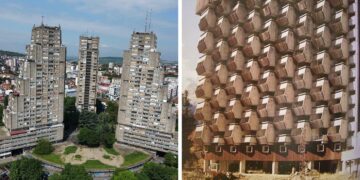
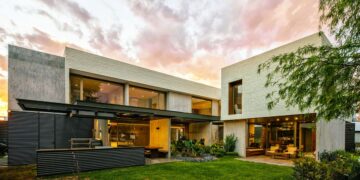
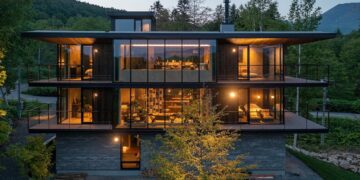
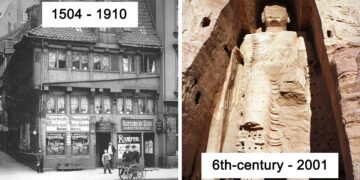




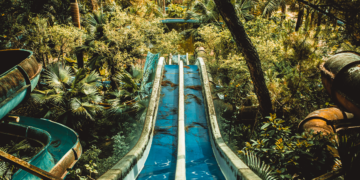


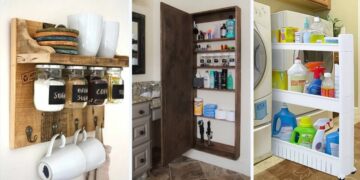
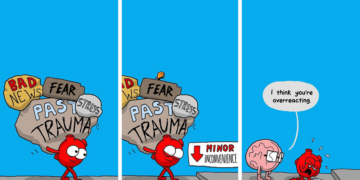



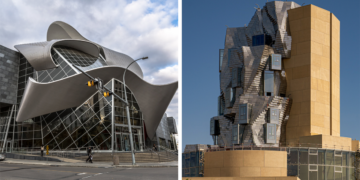
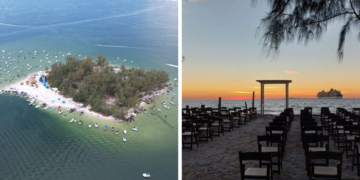
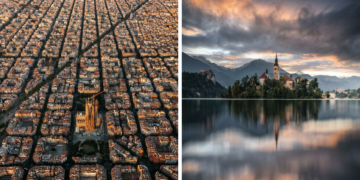



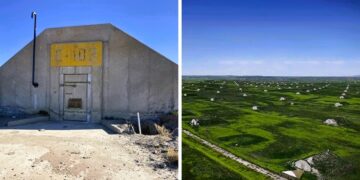



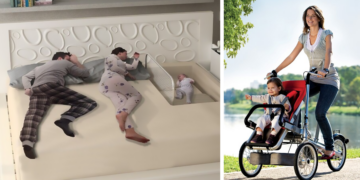
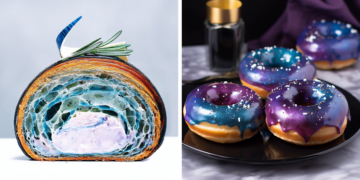


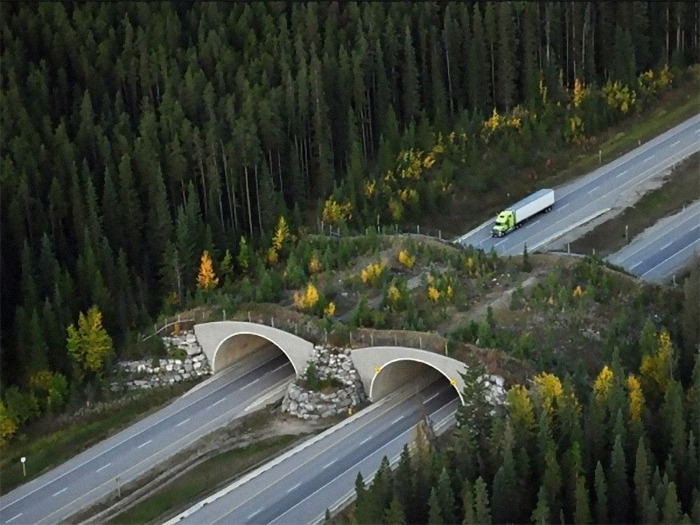
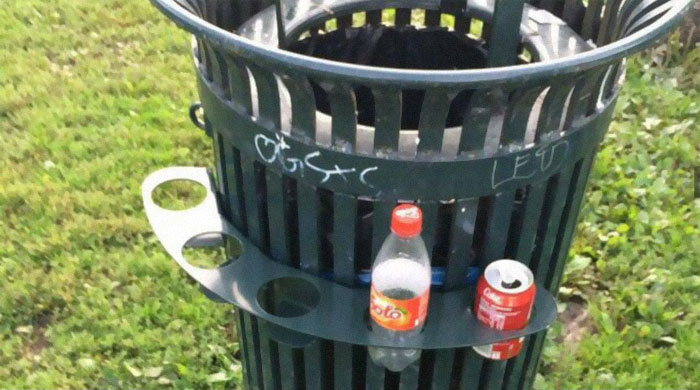
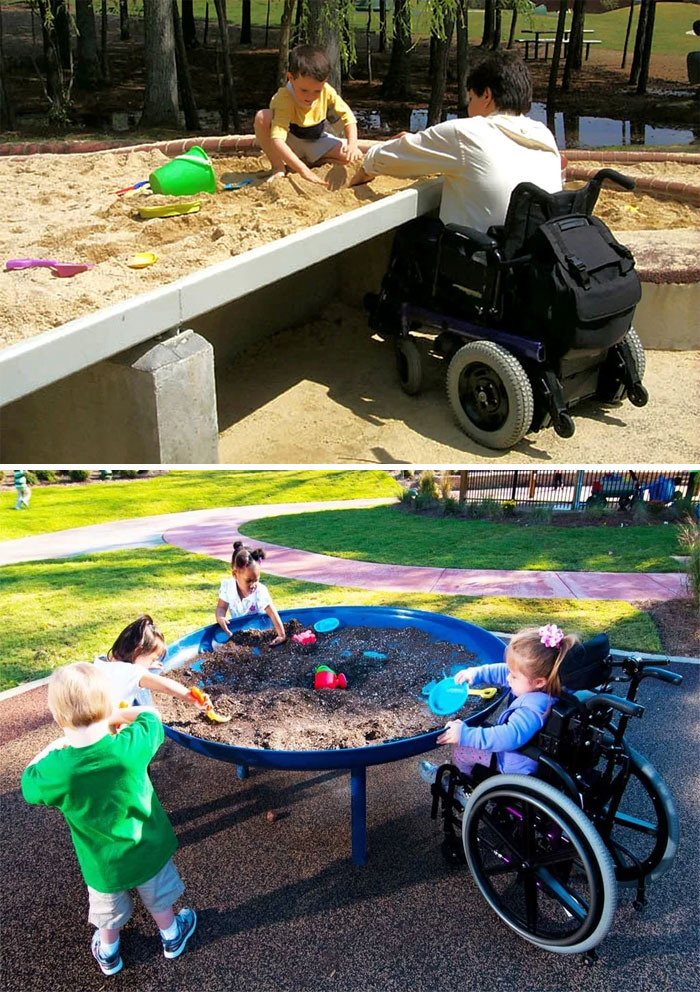
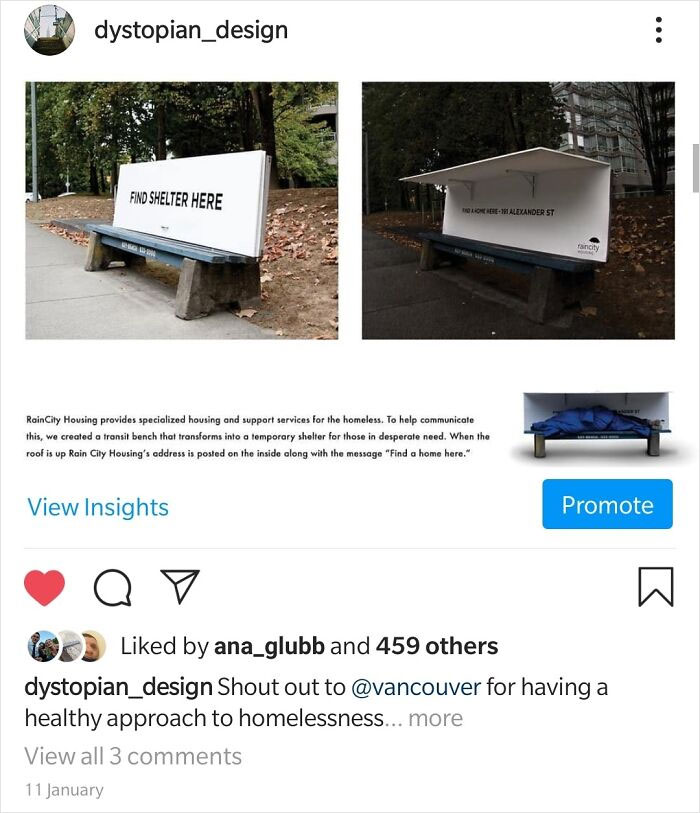
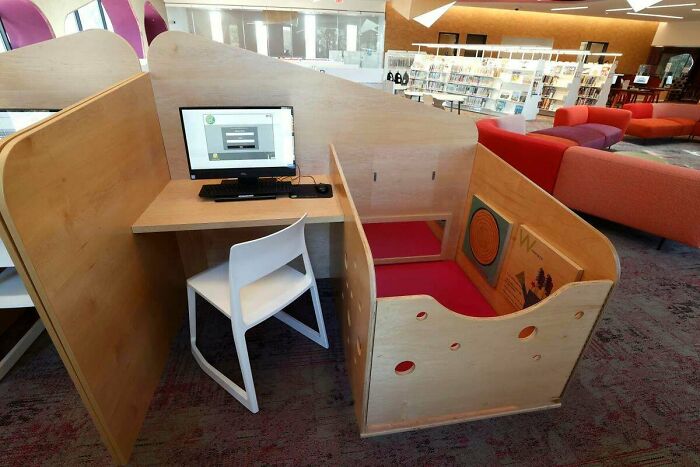
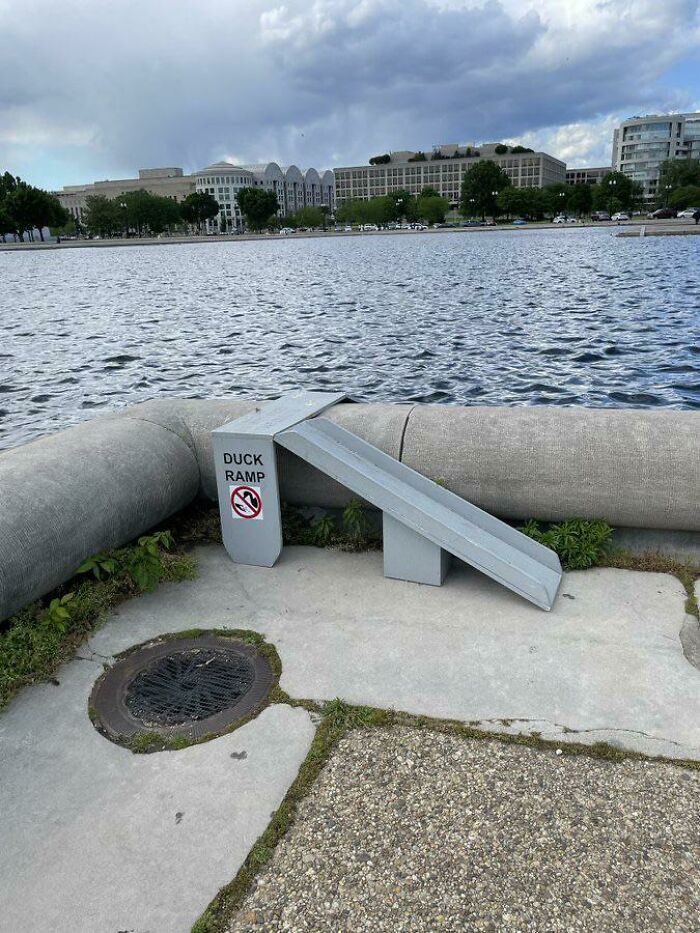
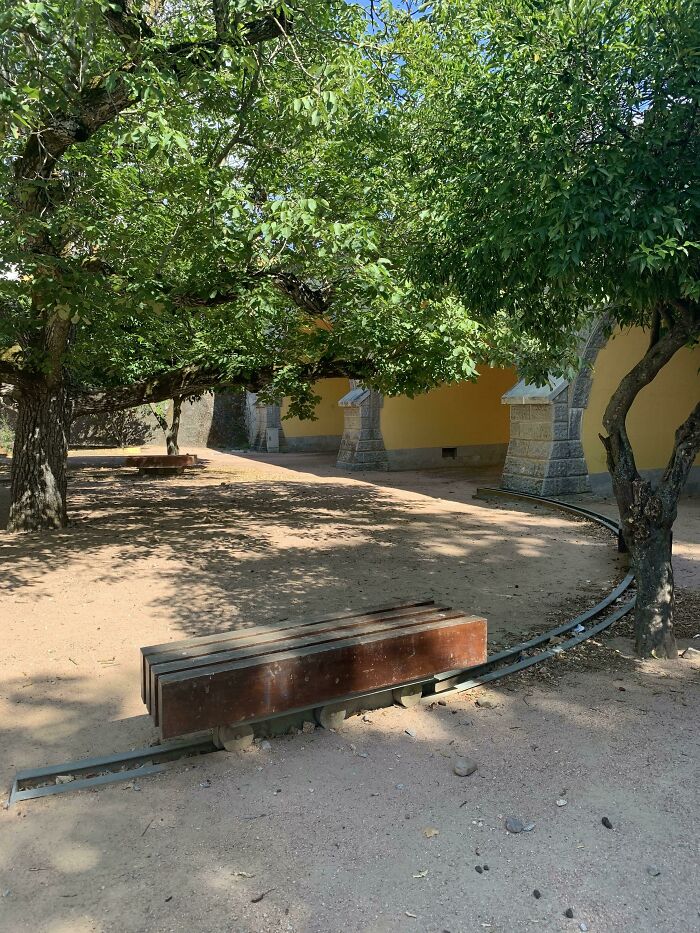
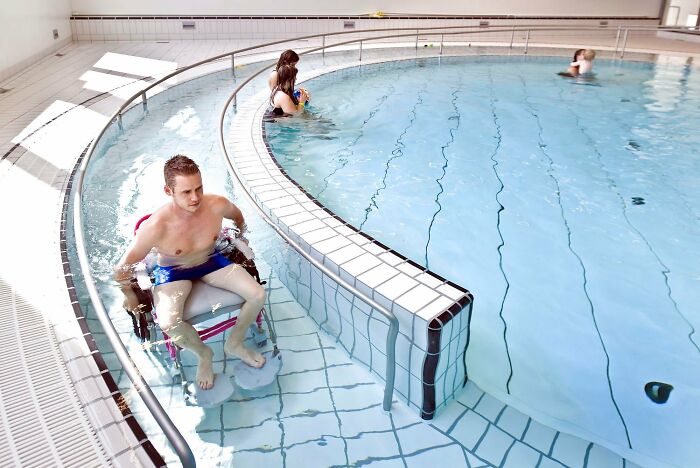
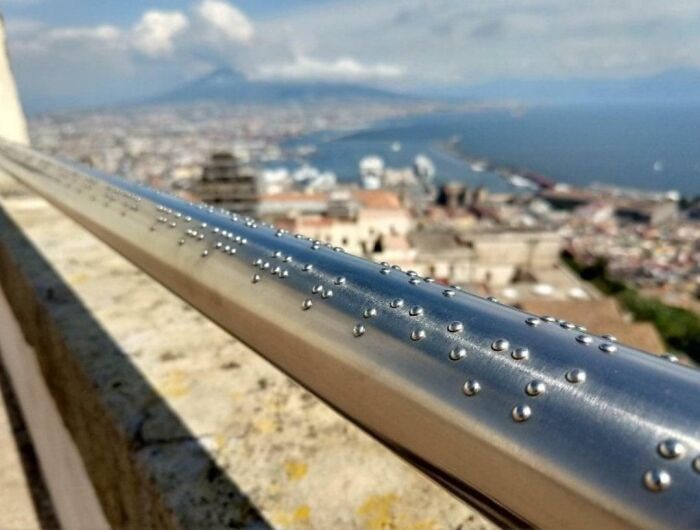
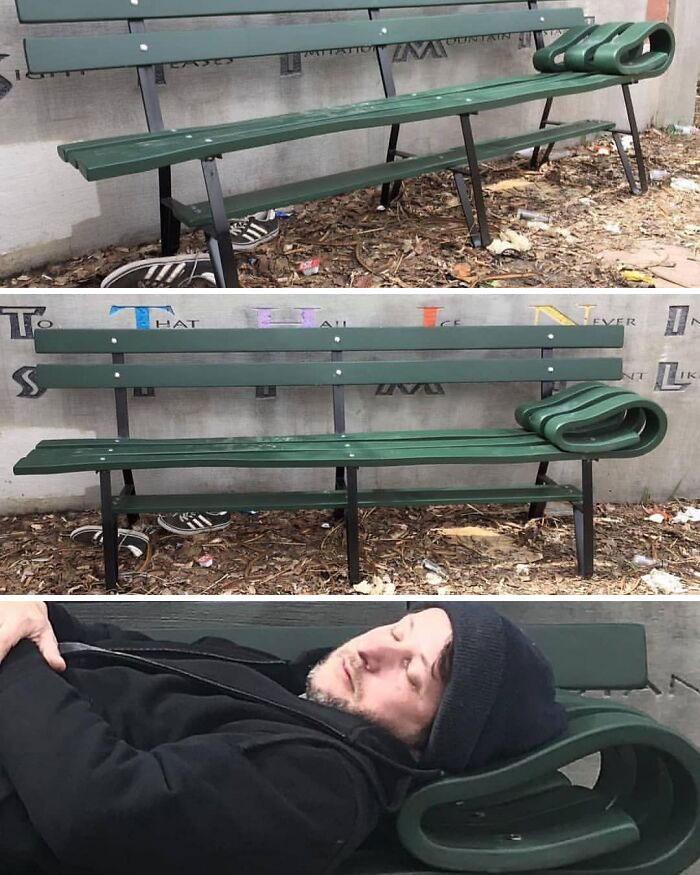
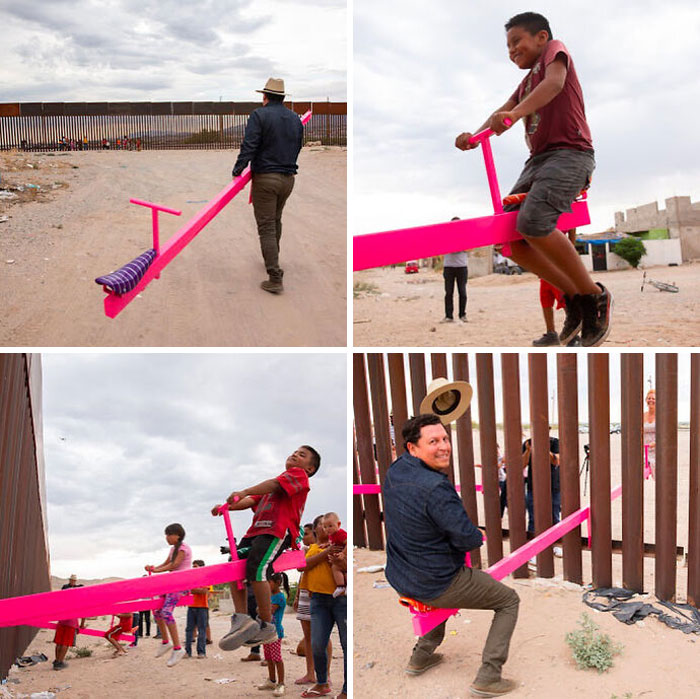
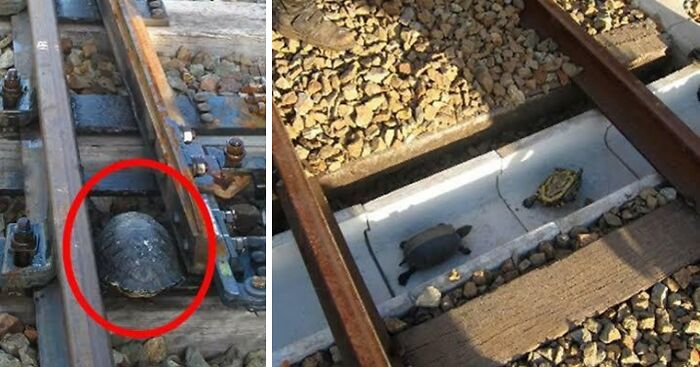
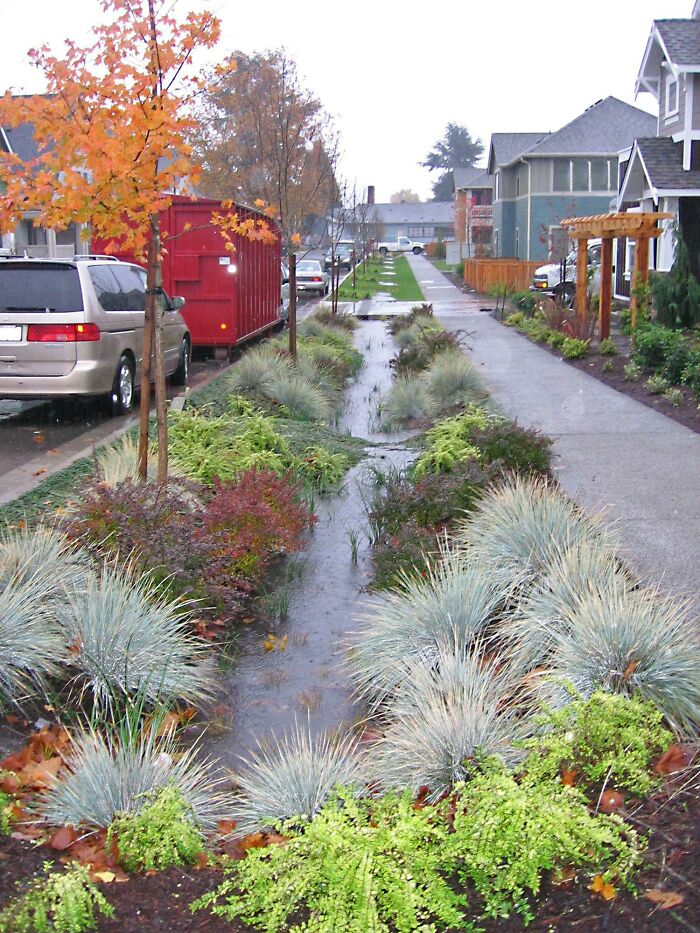
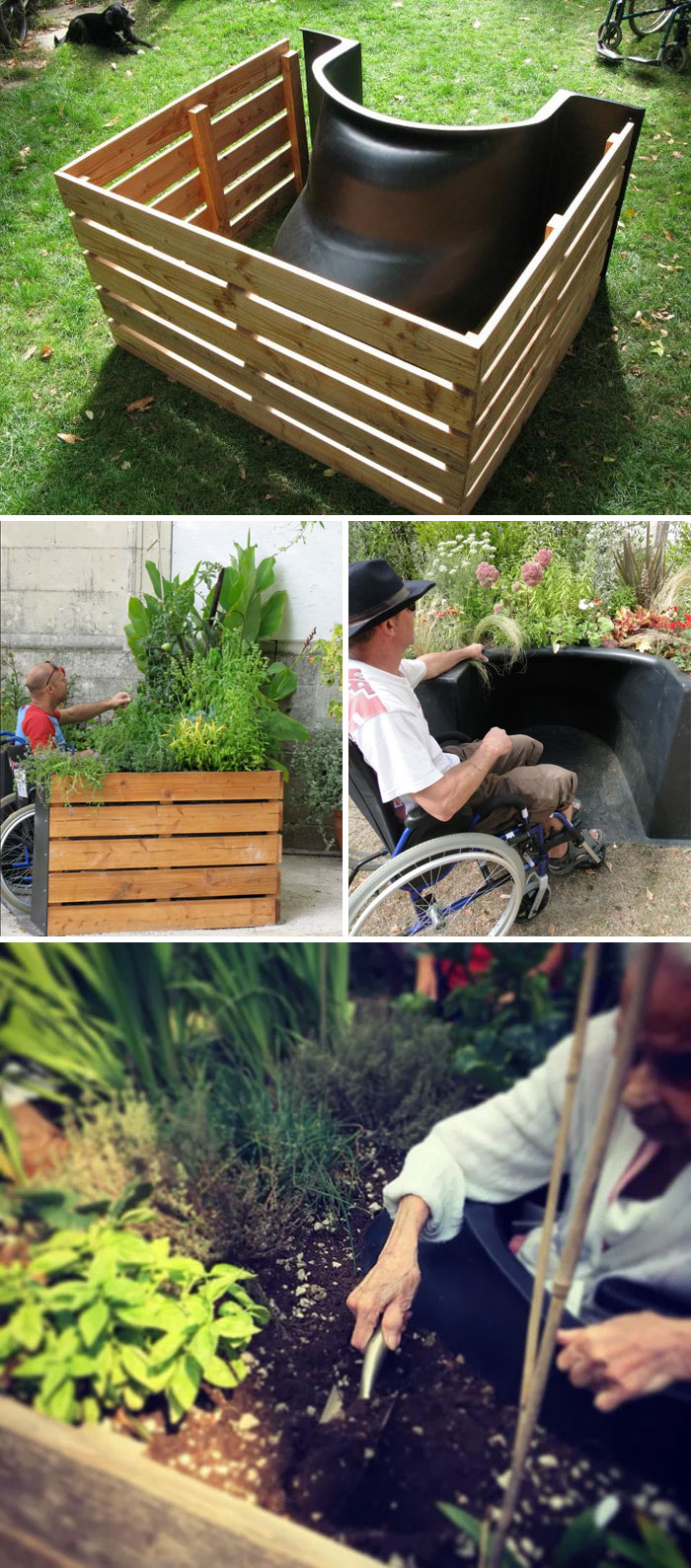
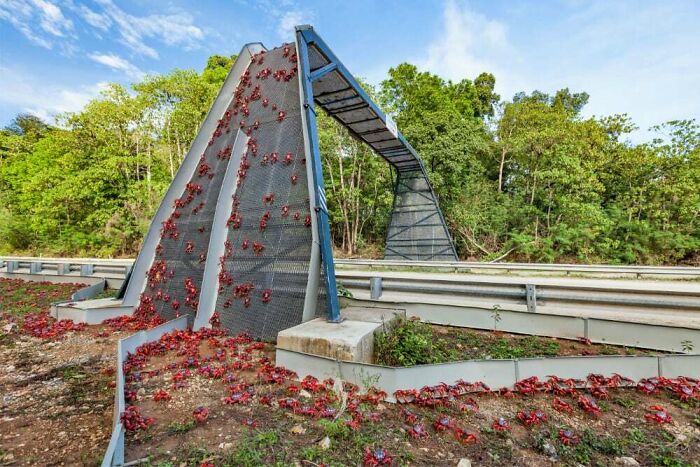
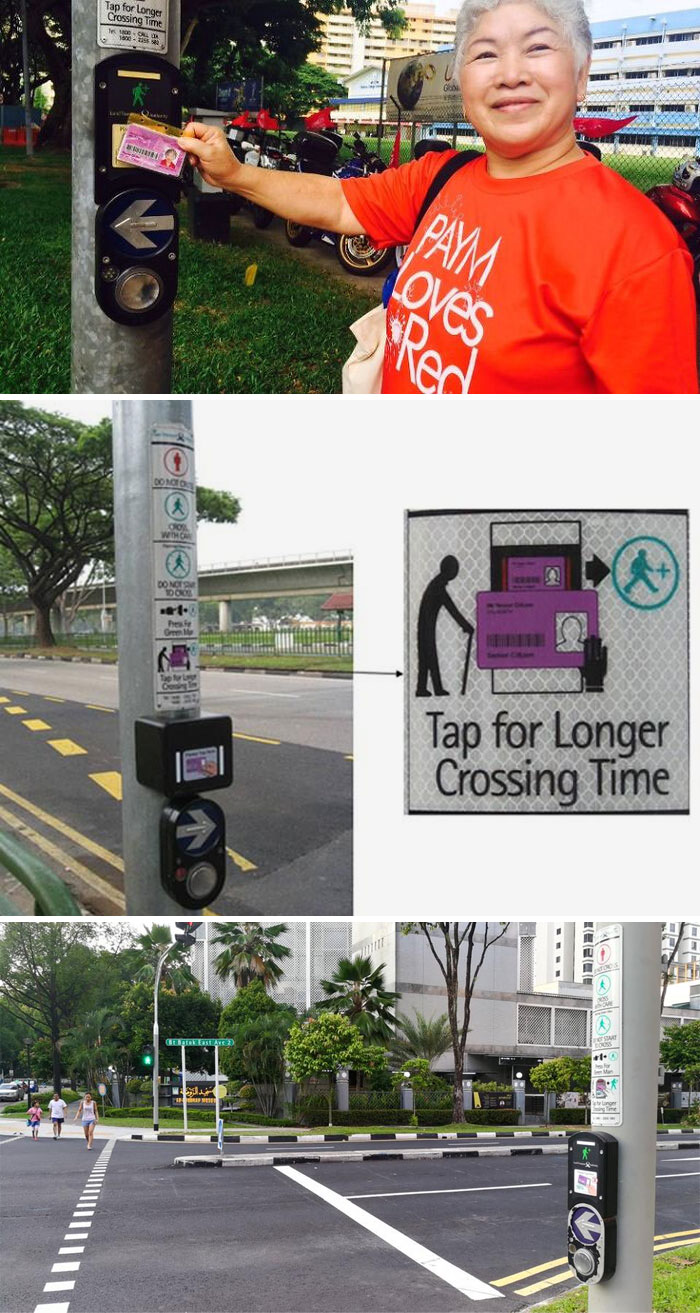

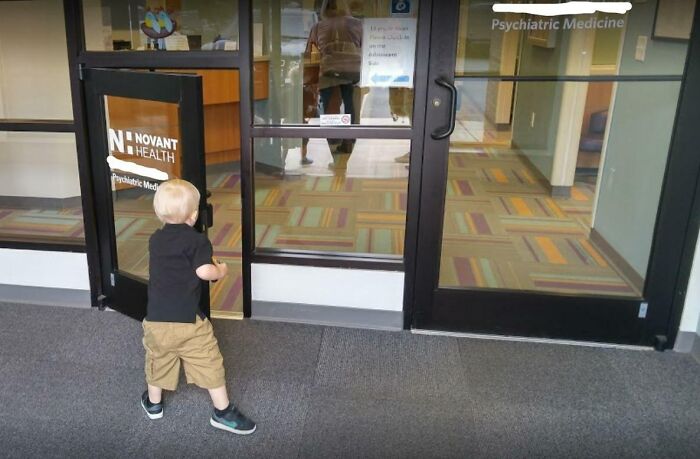
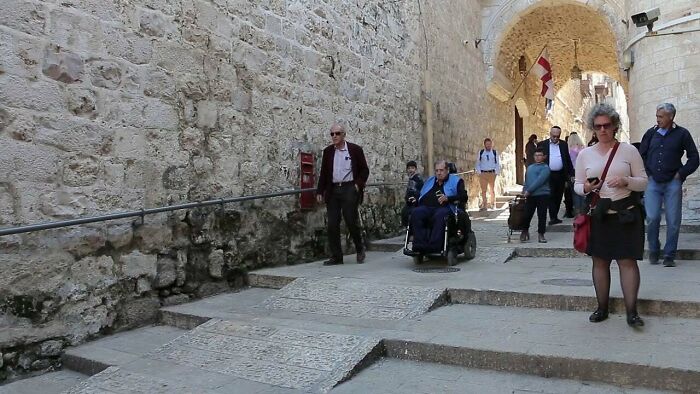
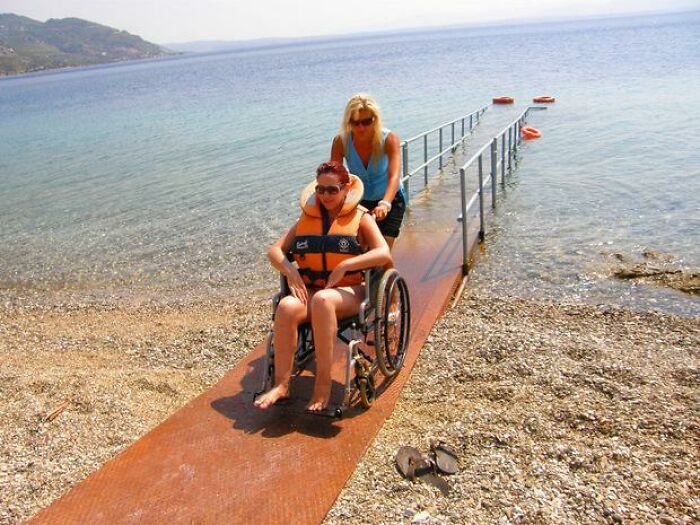
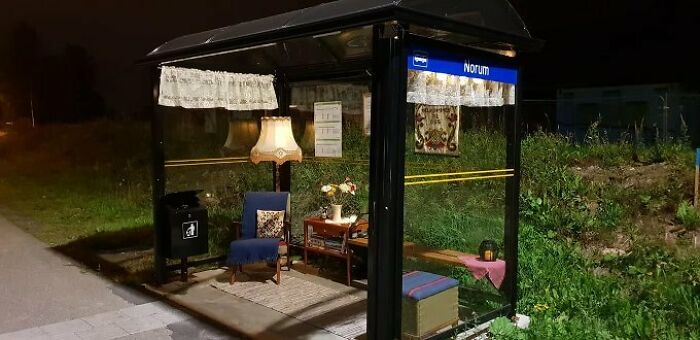
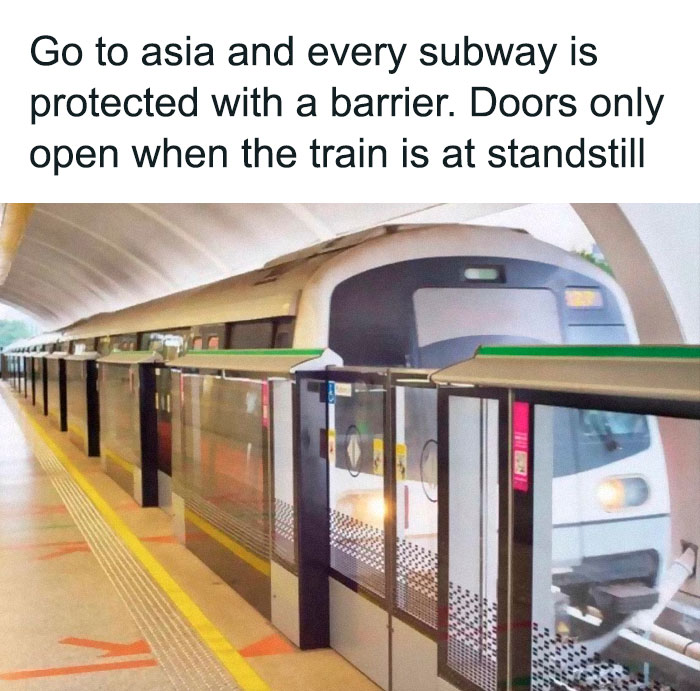
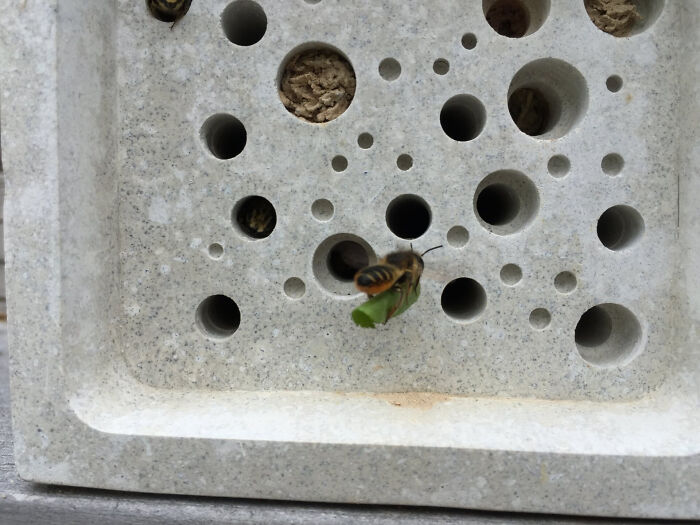
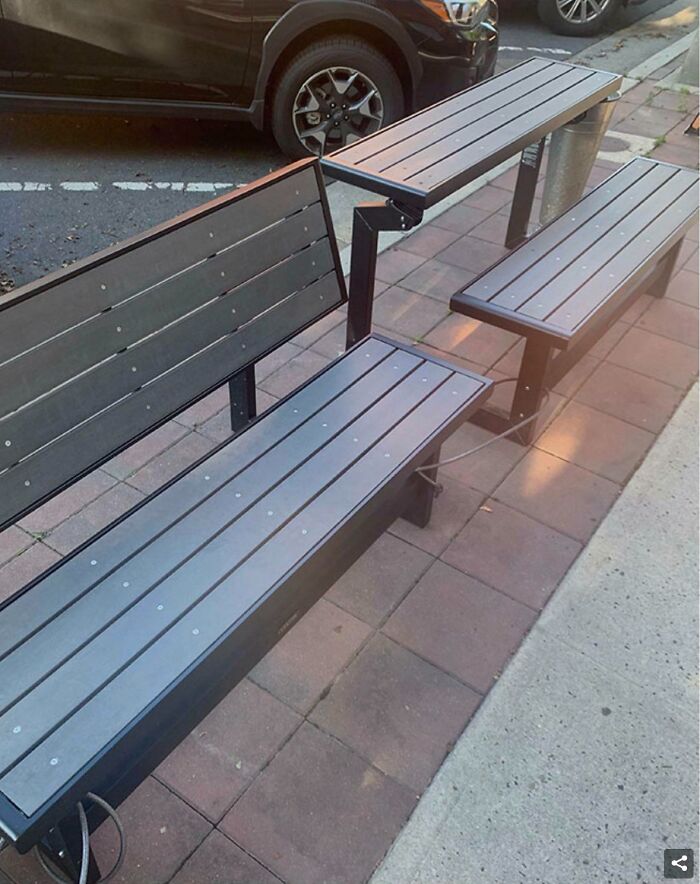
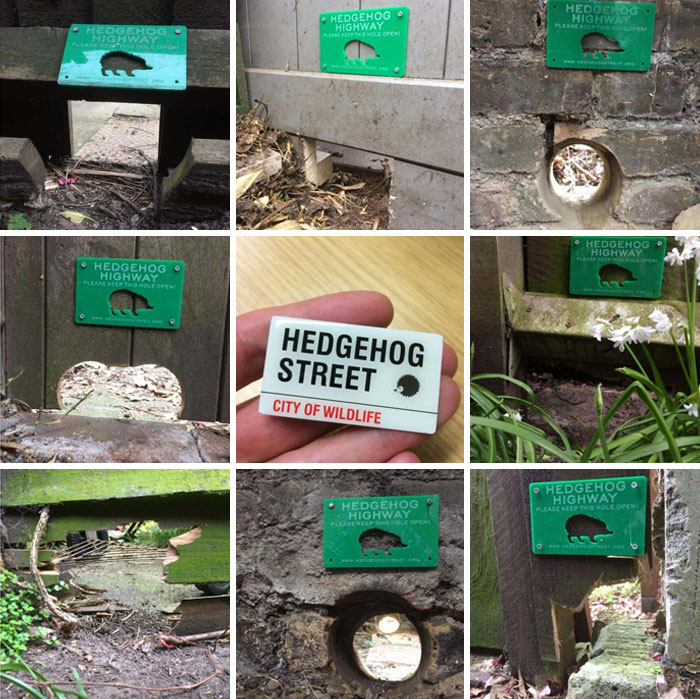
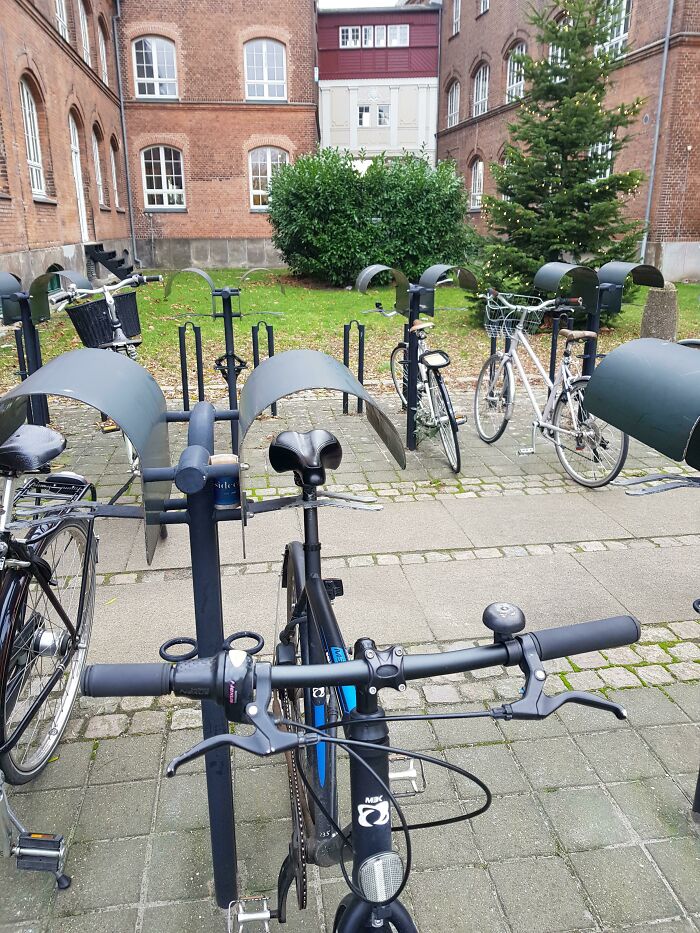
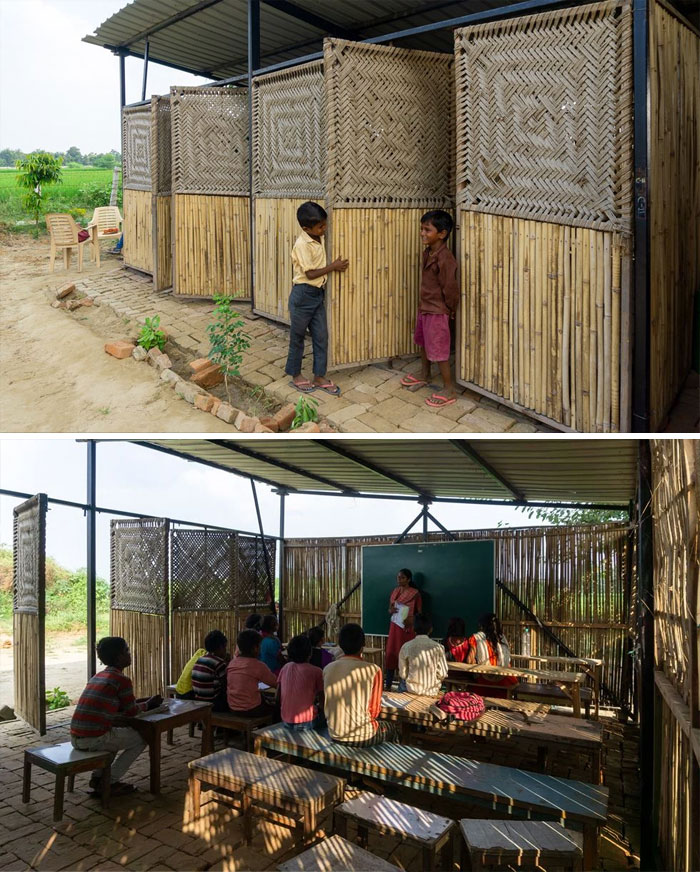
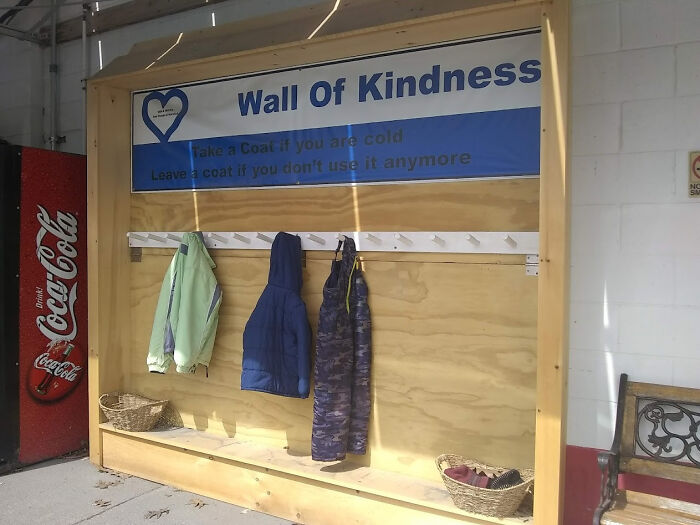
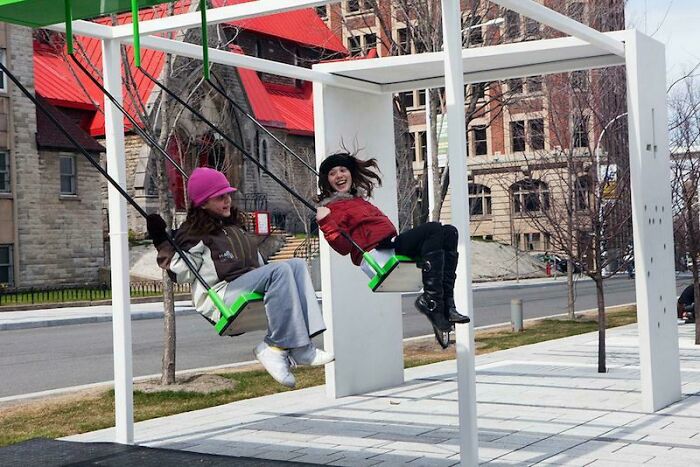
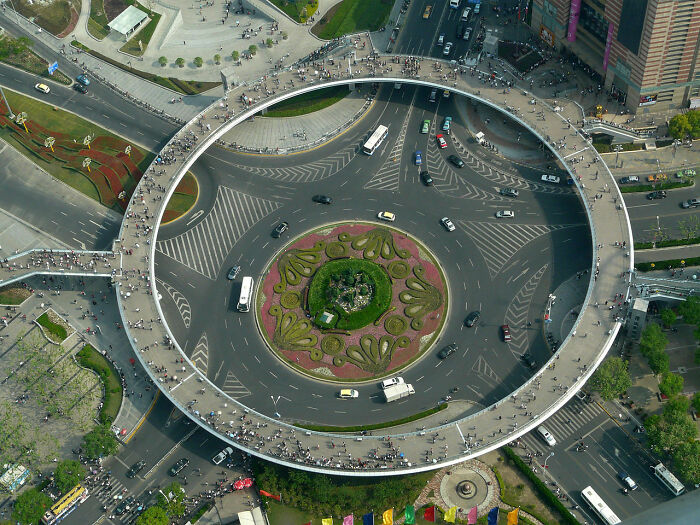
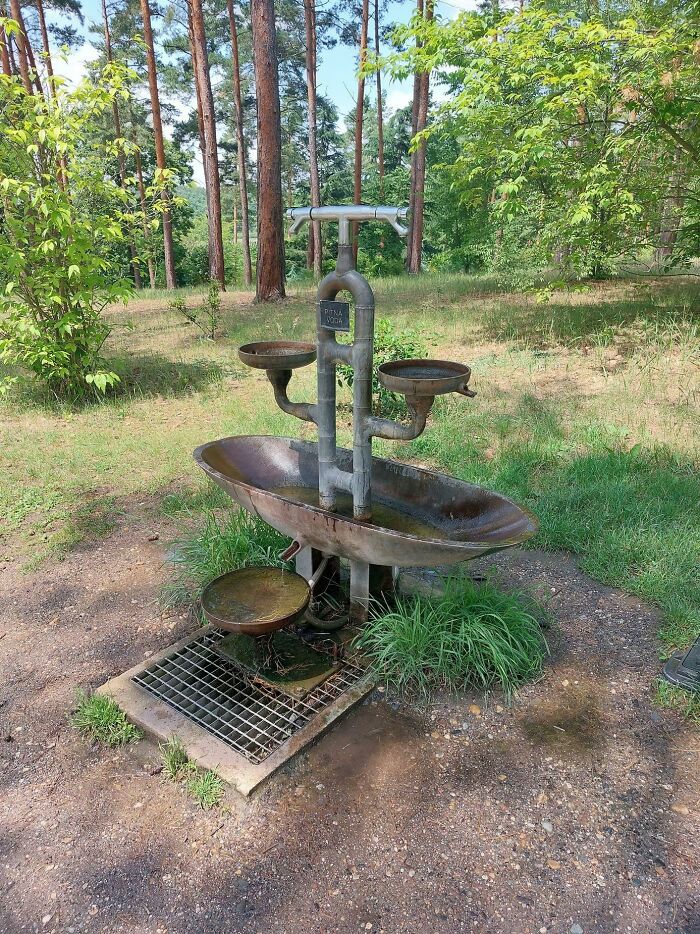
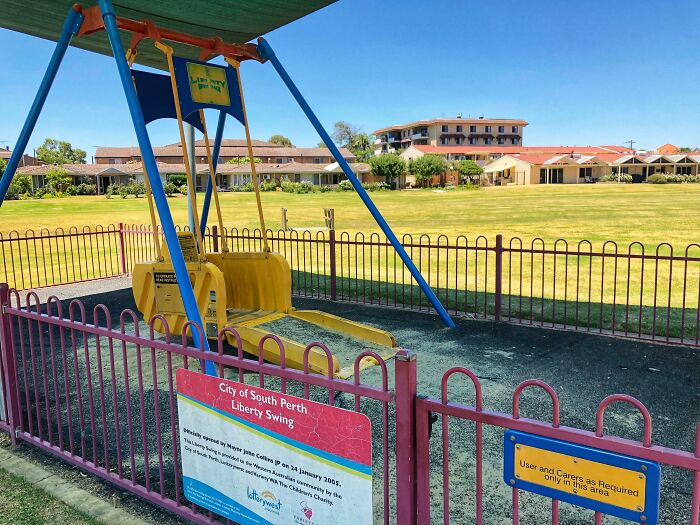
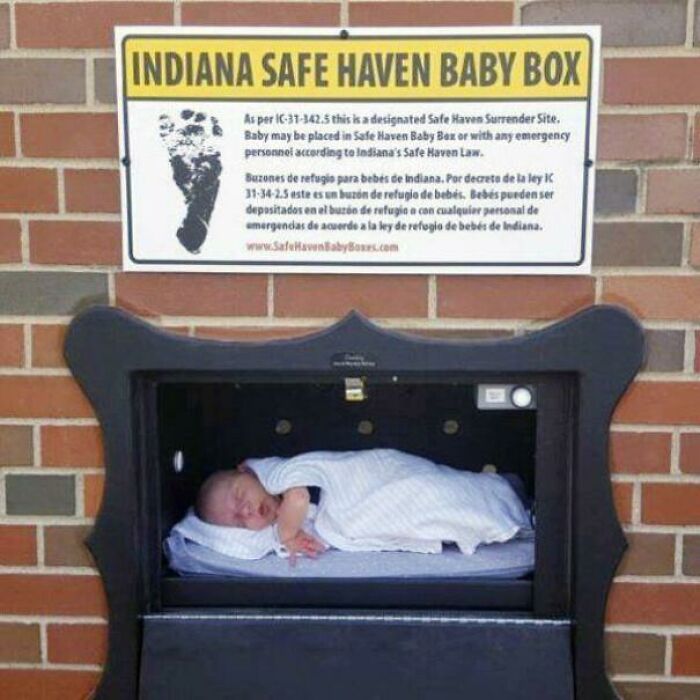
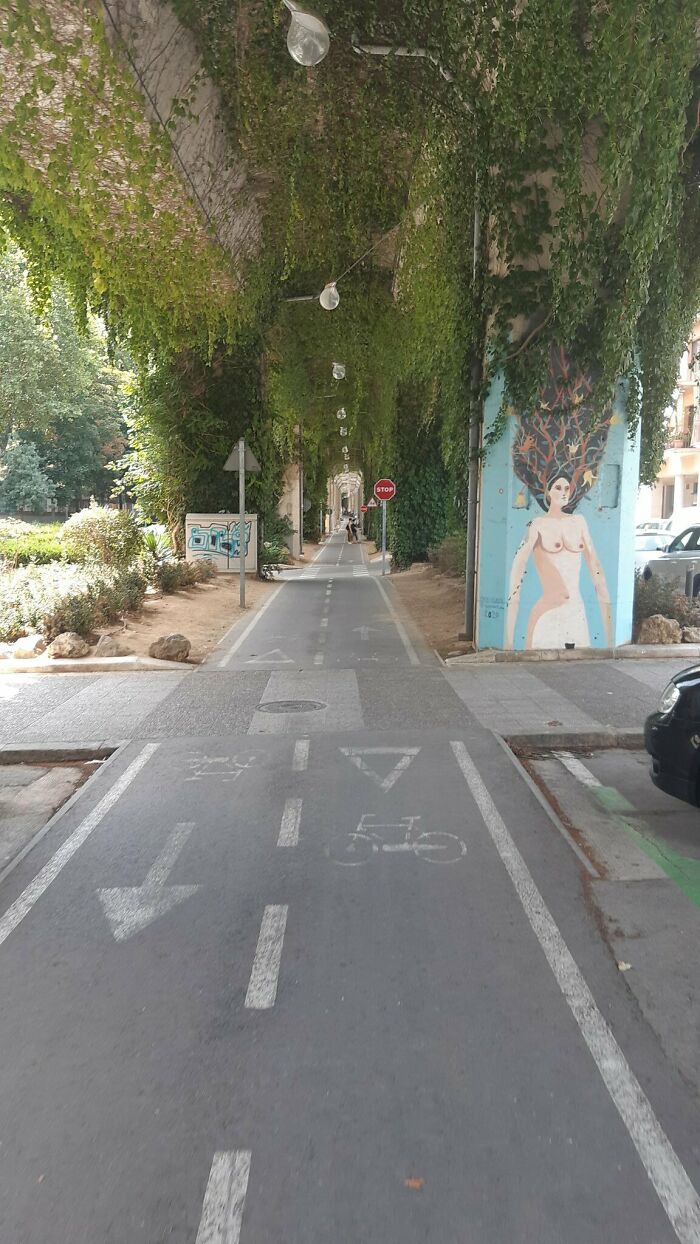
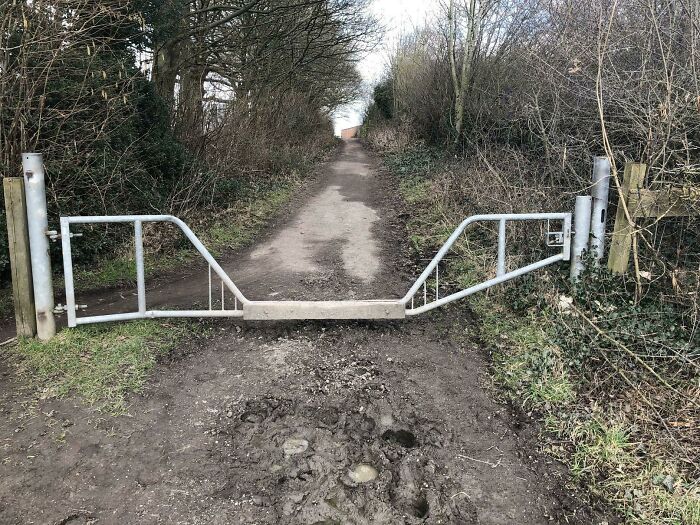
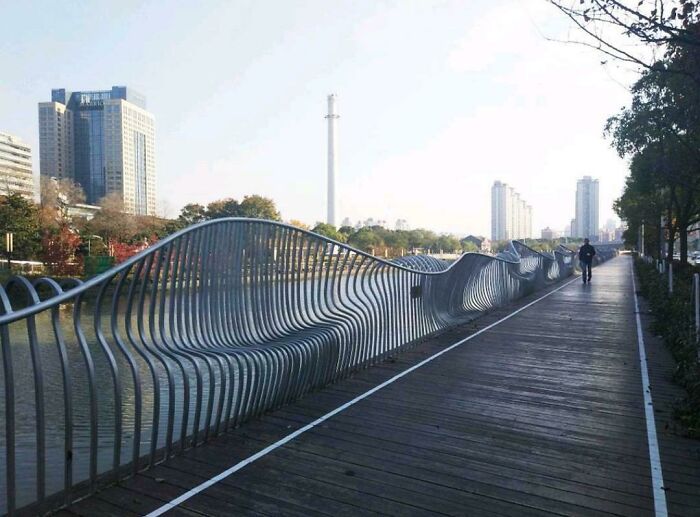
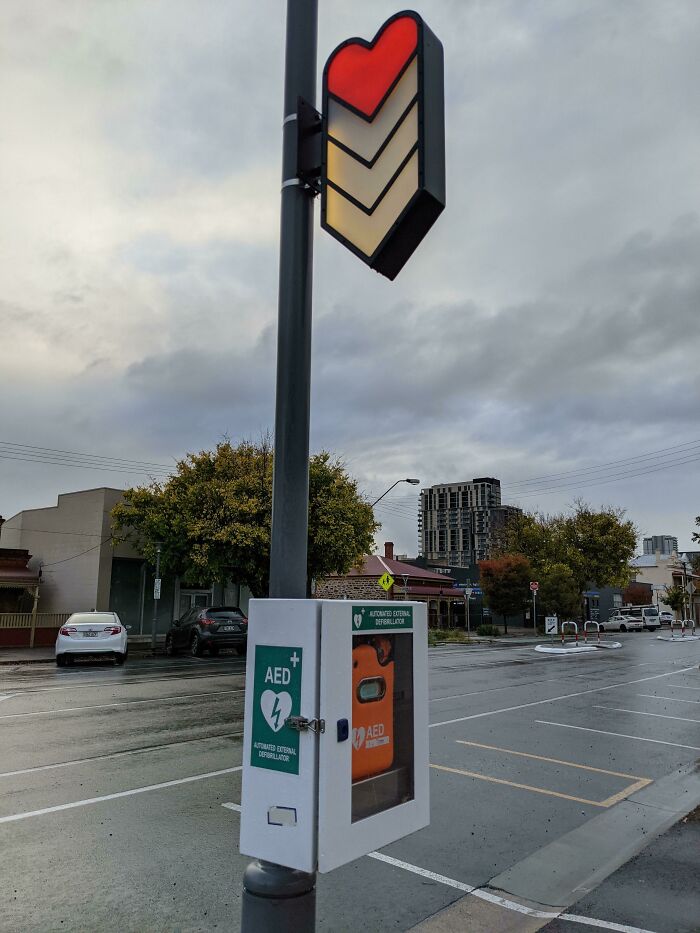
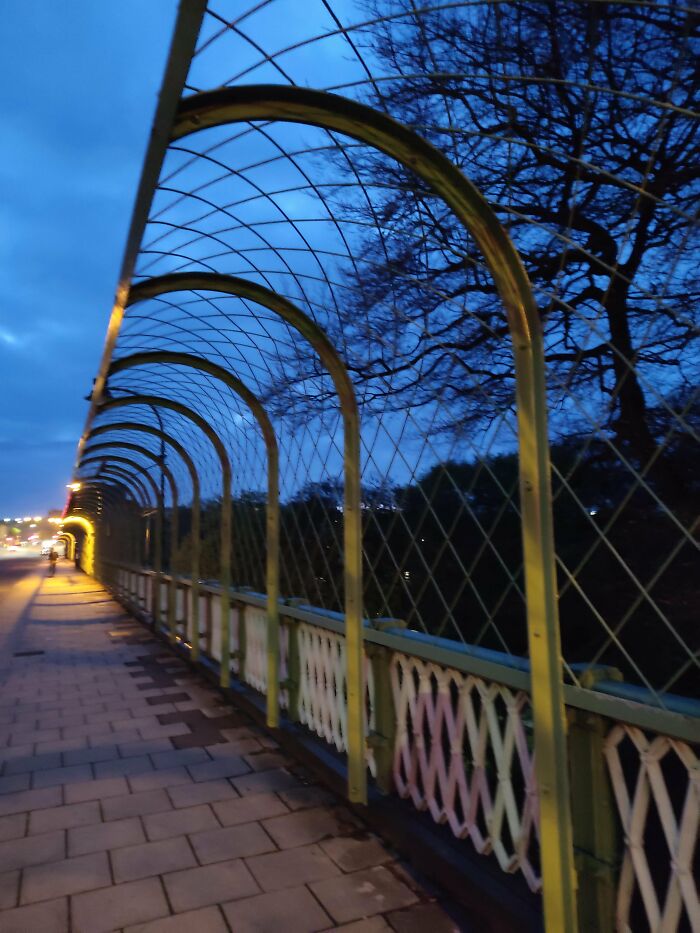
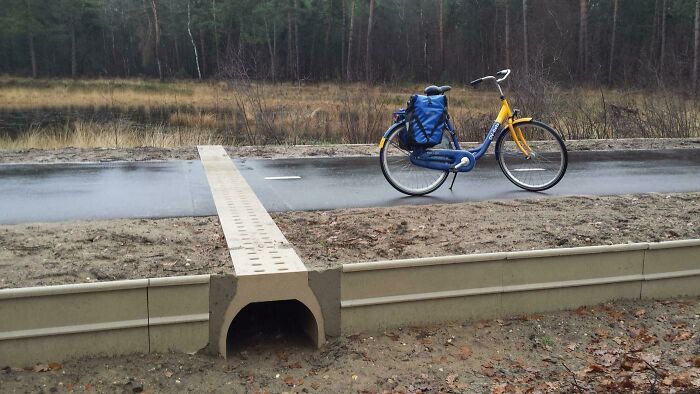
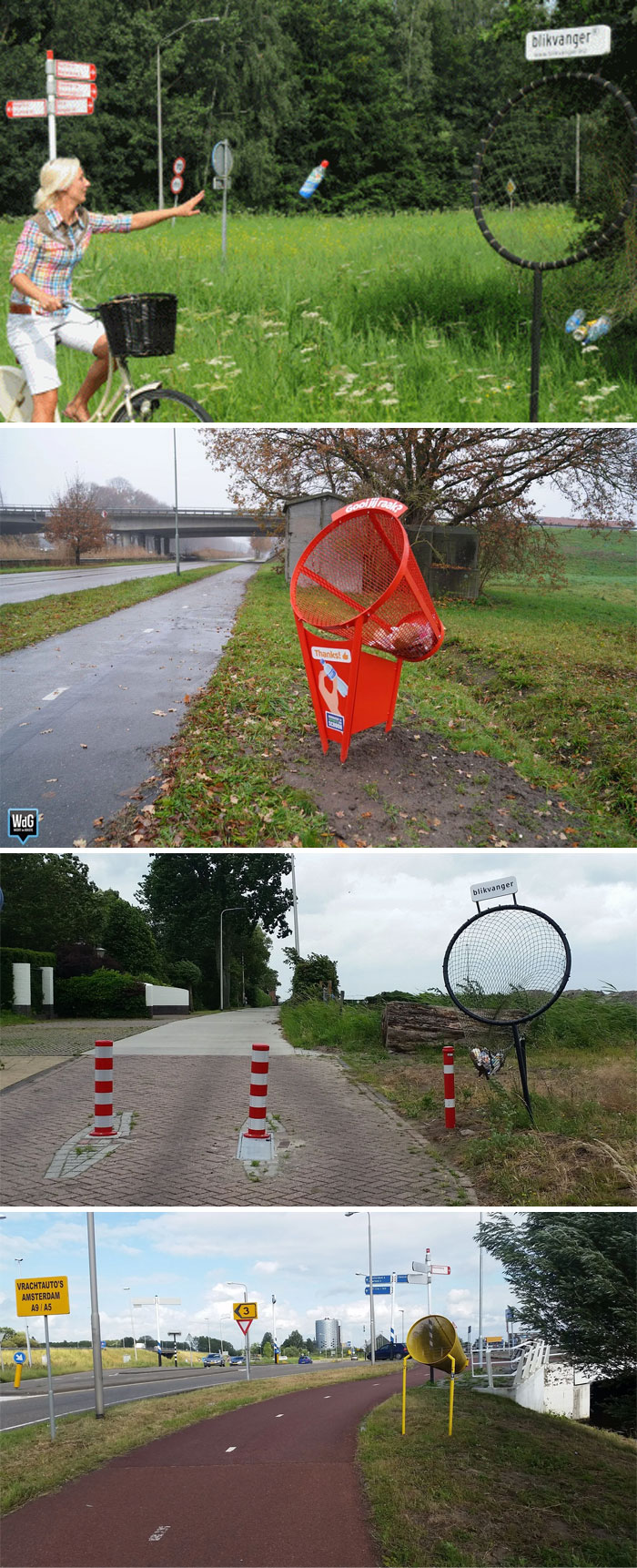
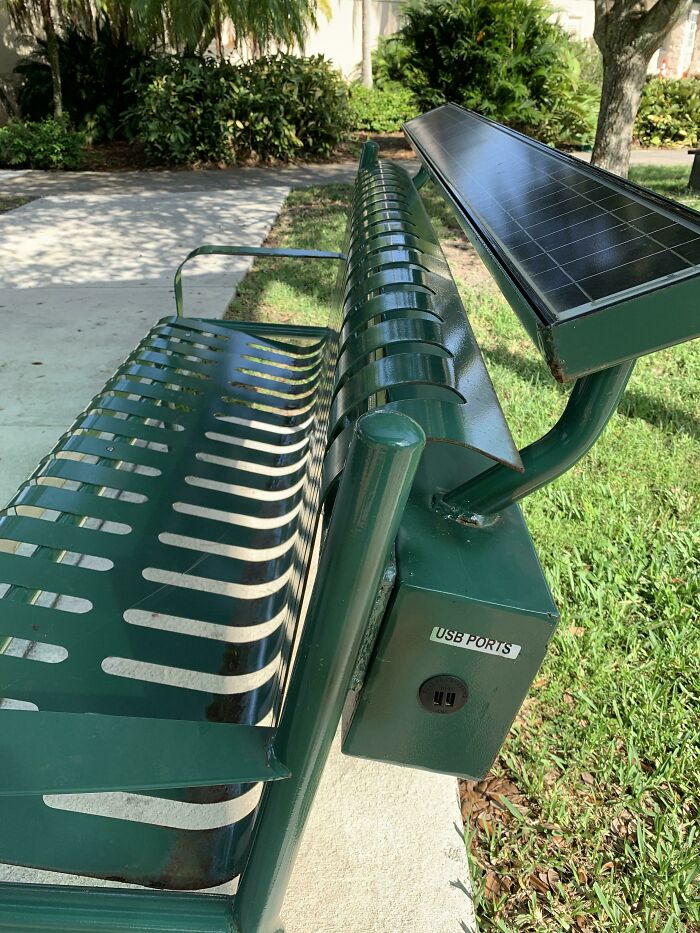
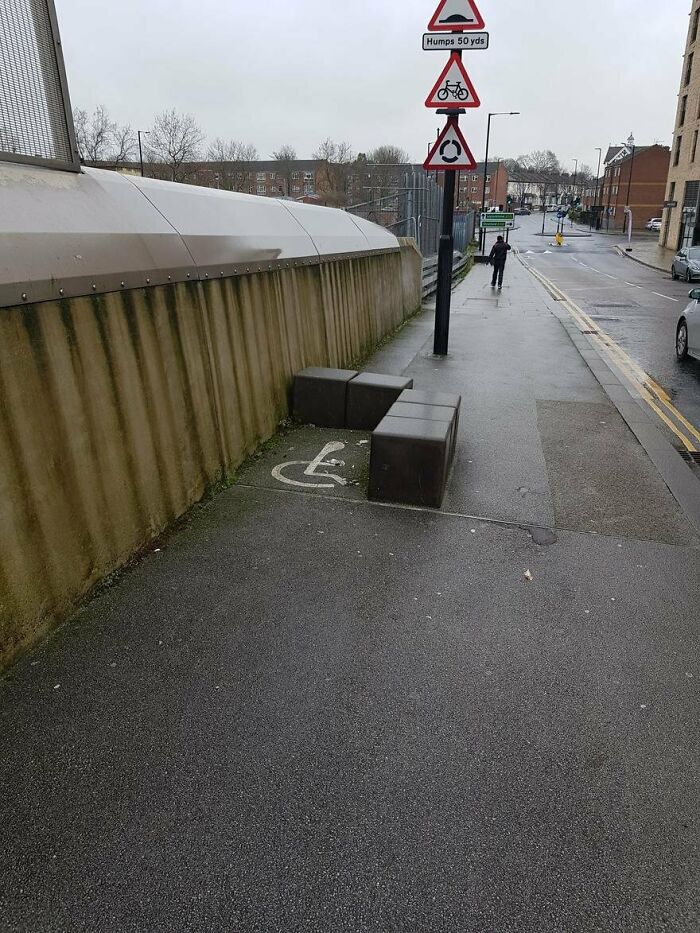
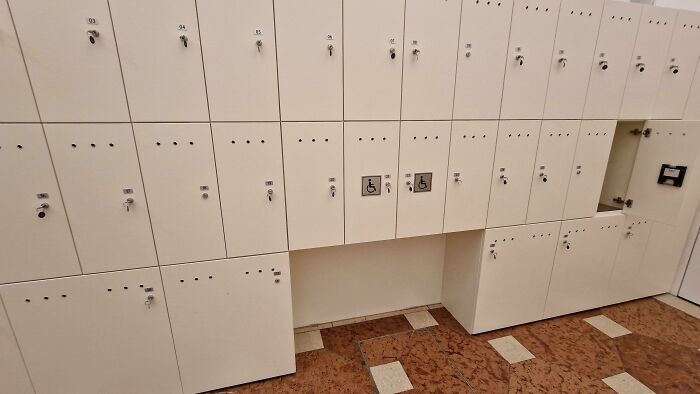
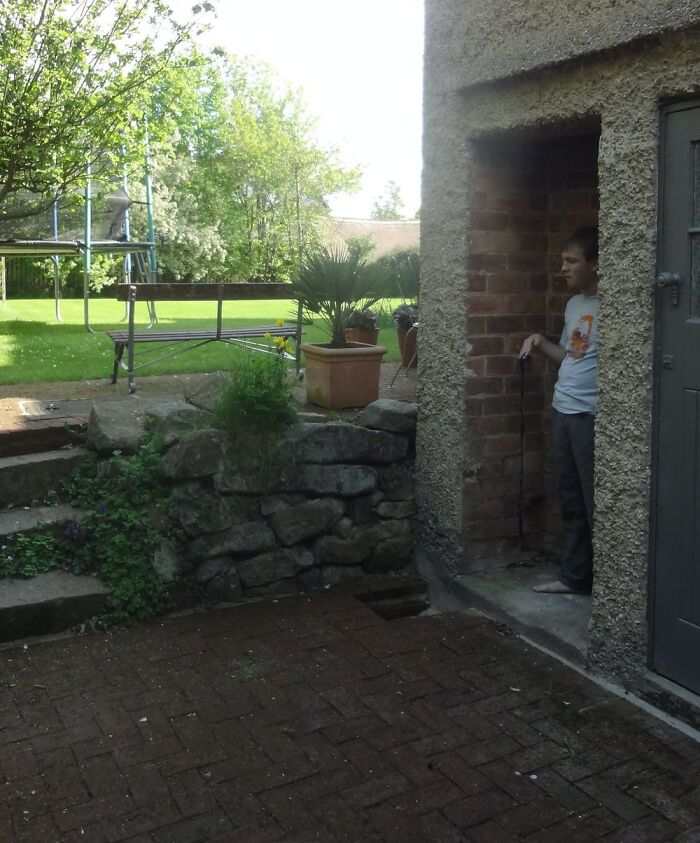

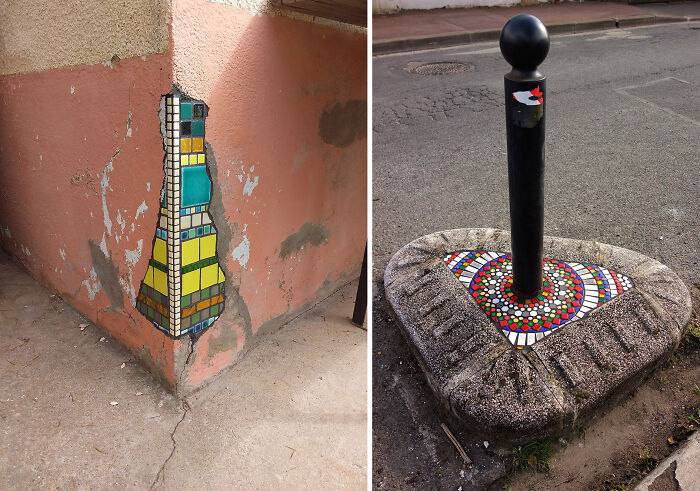
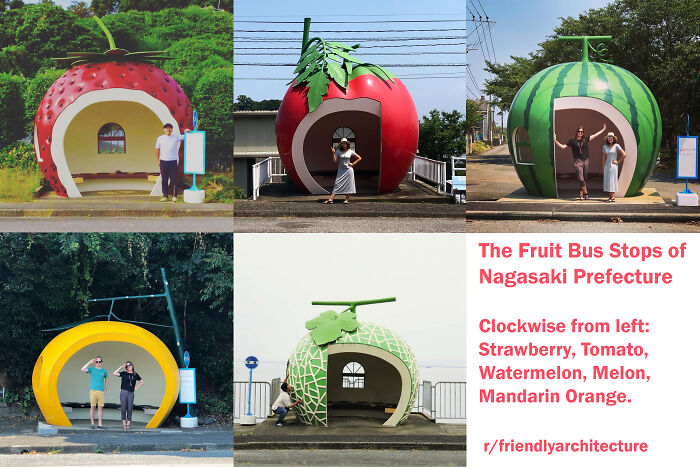
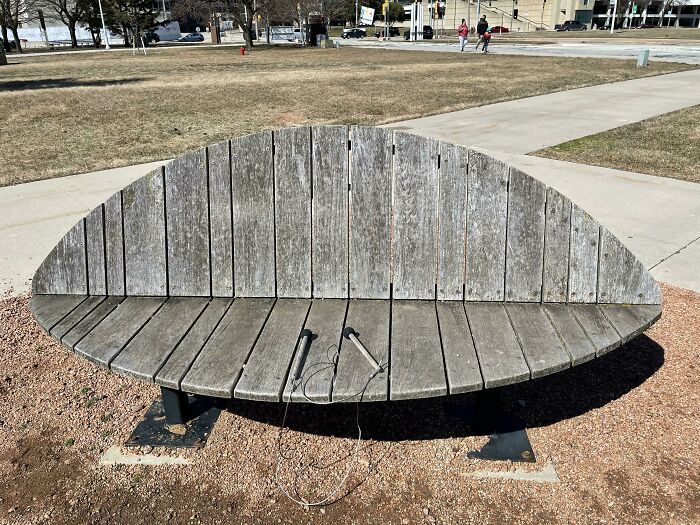
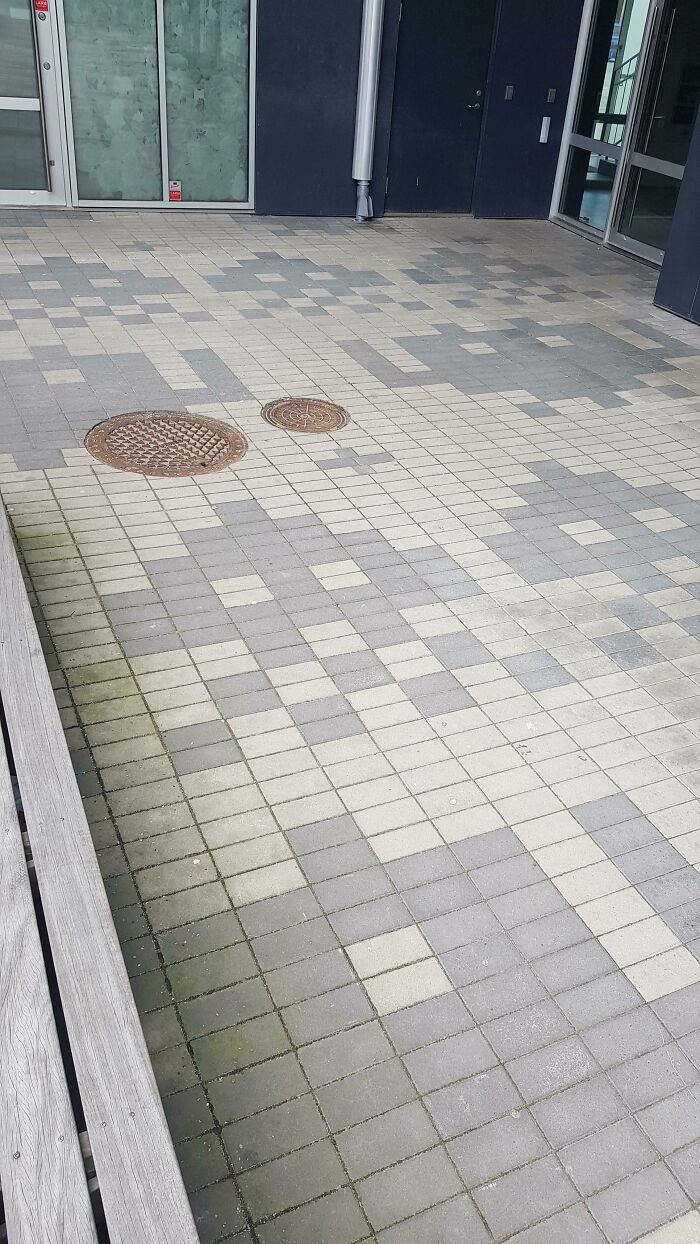
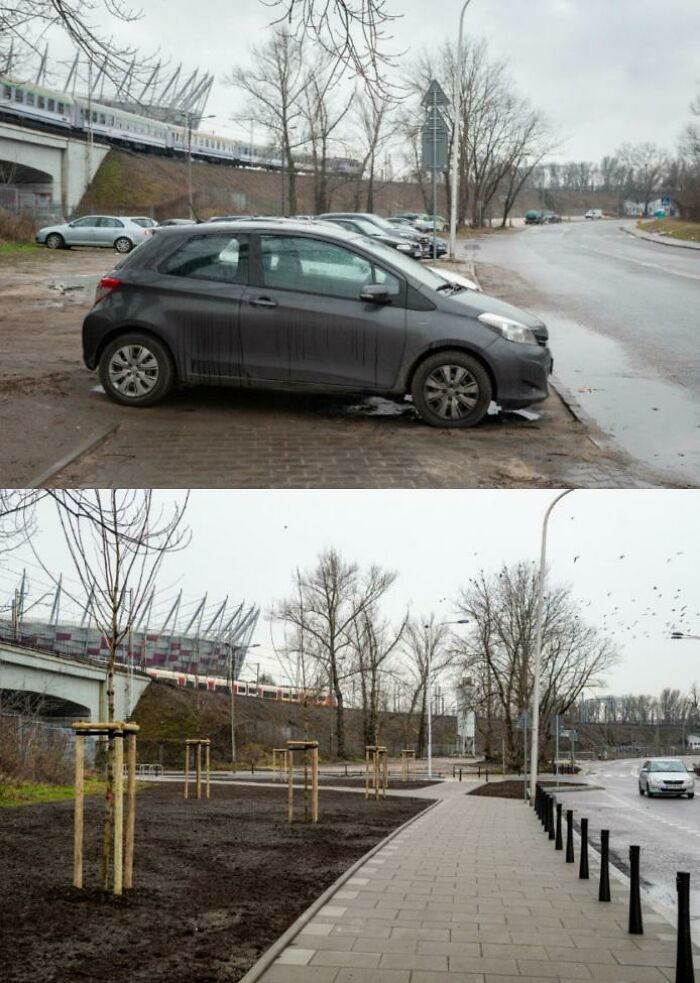









Discussion about this post